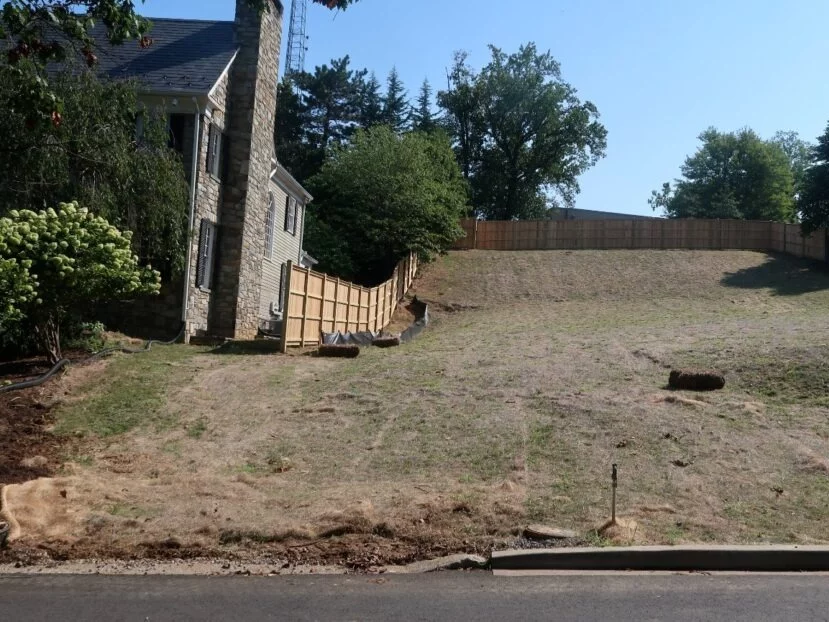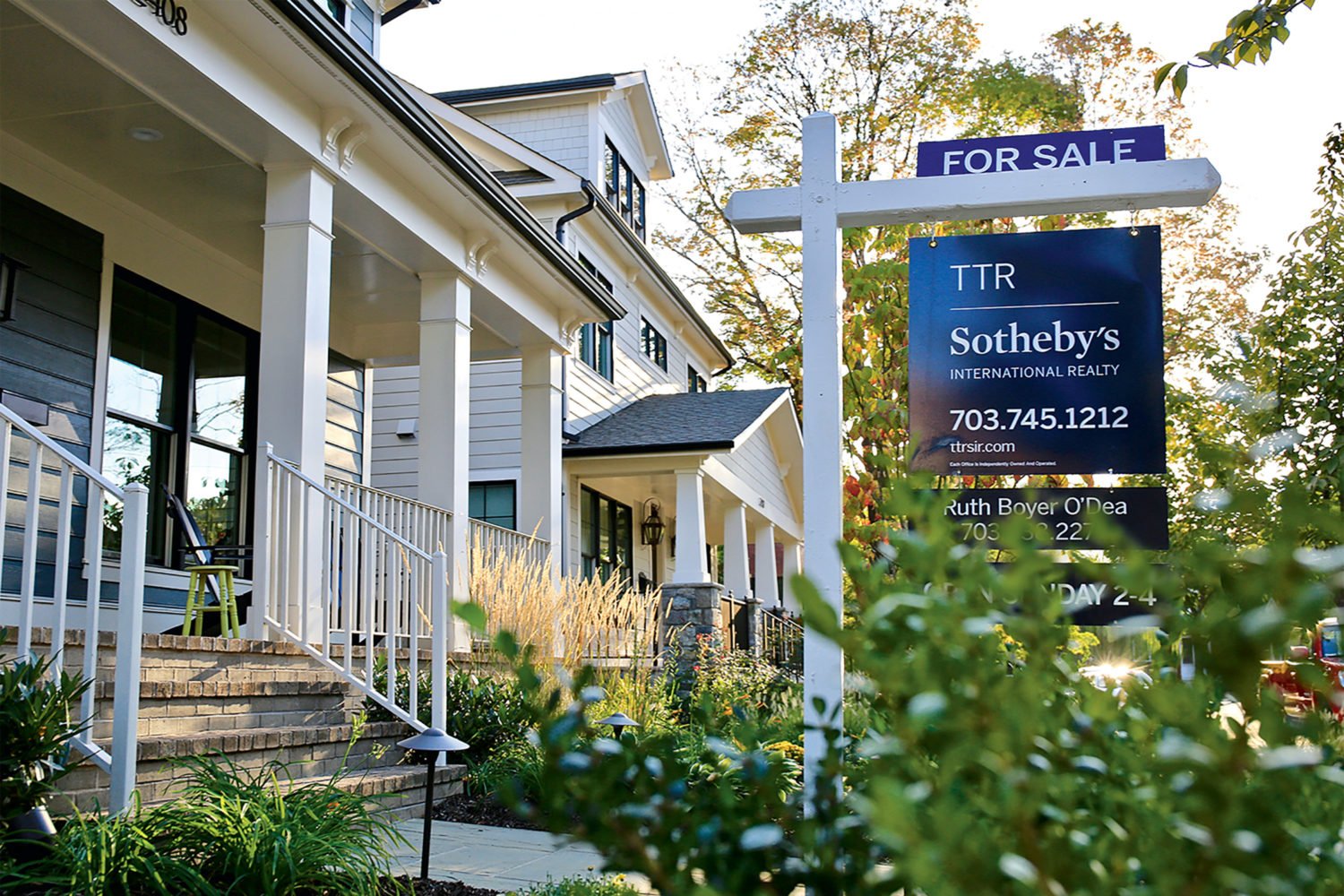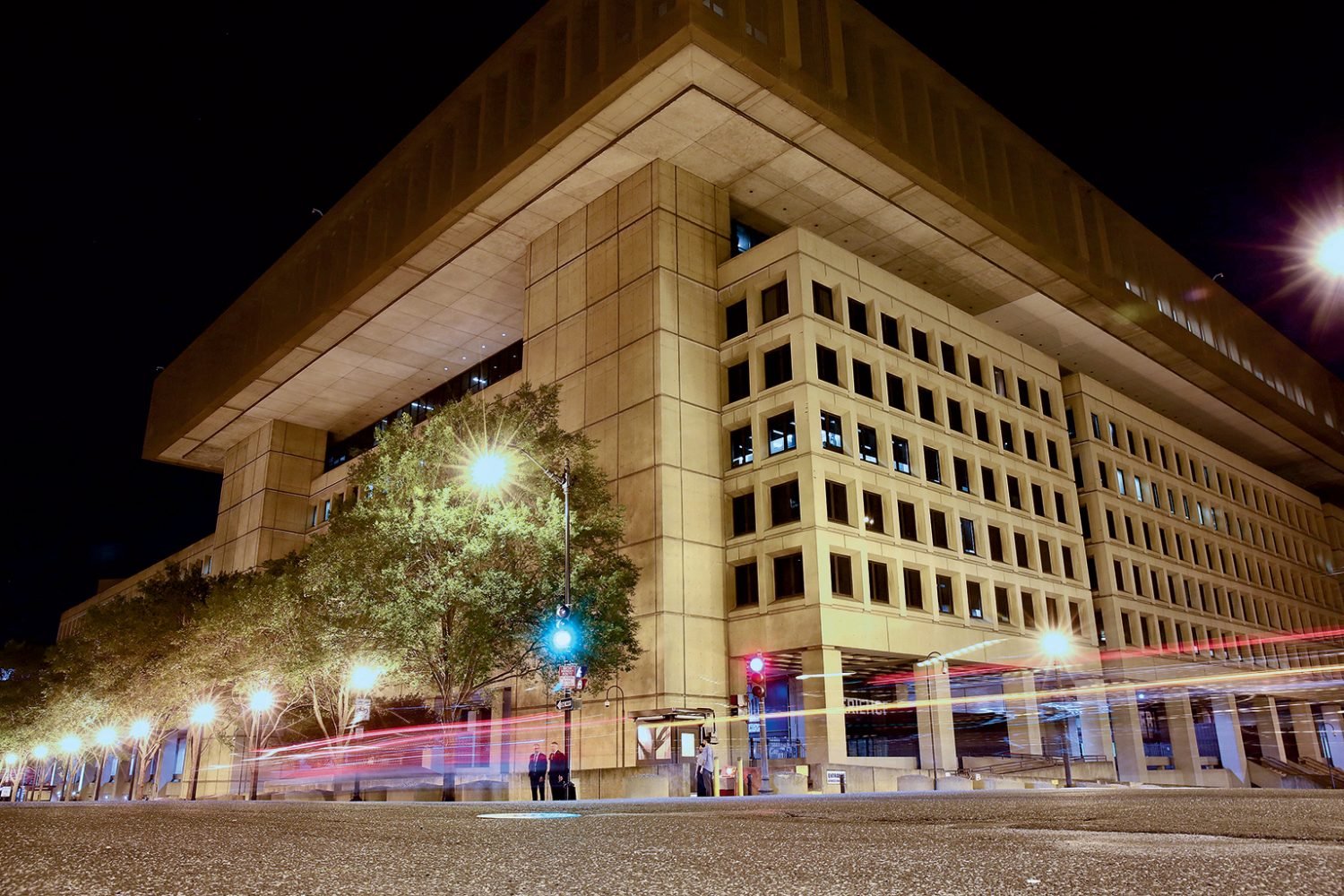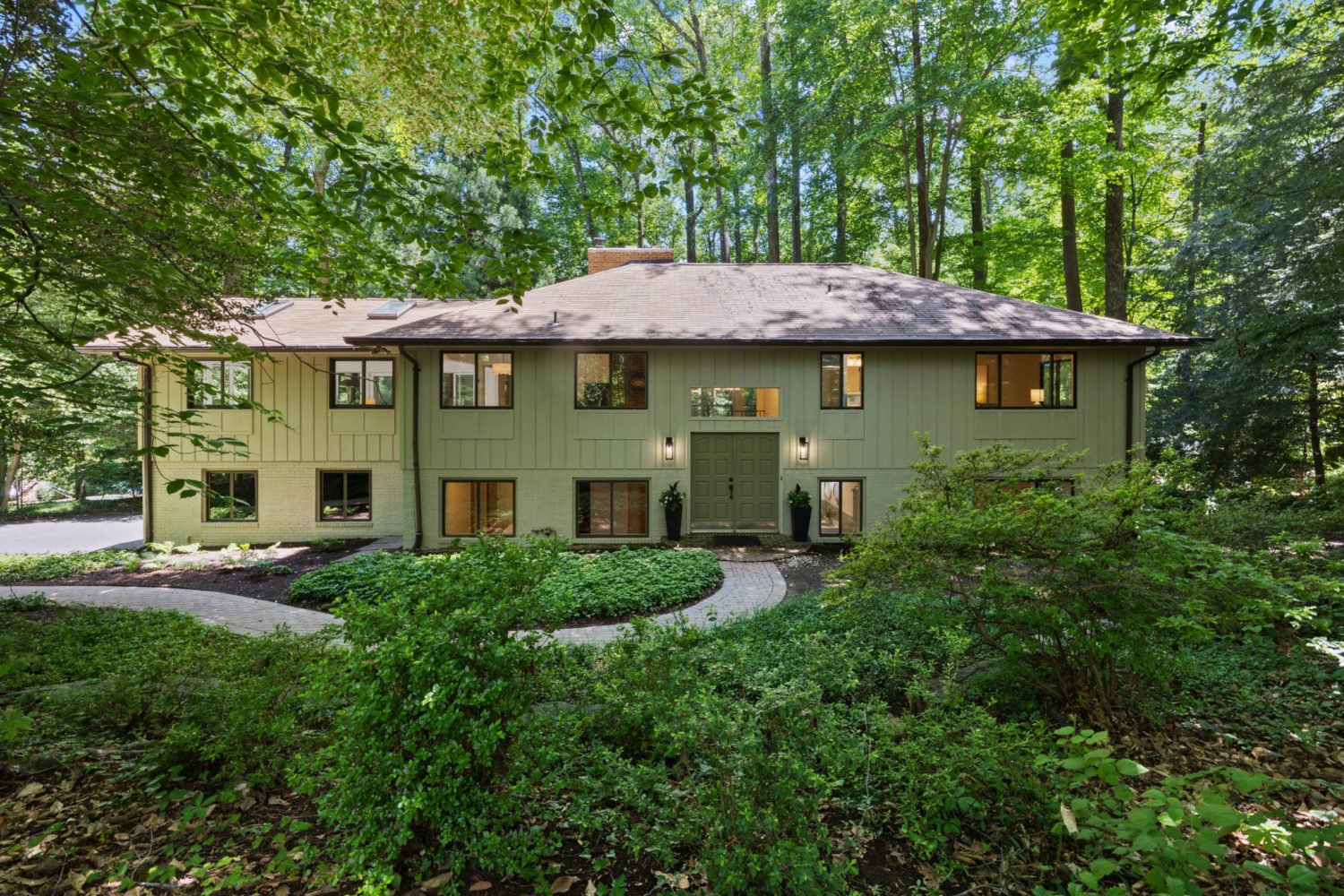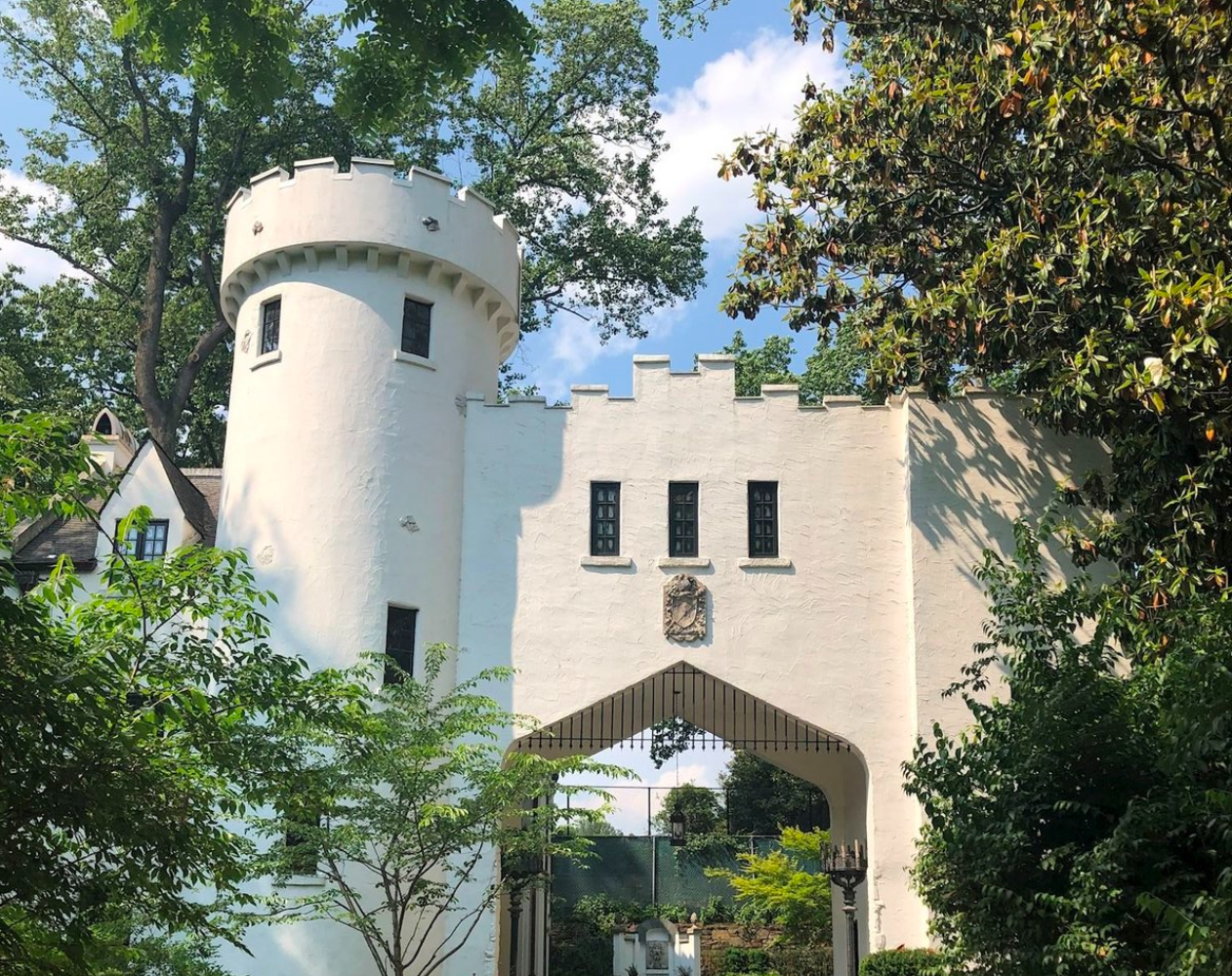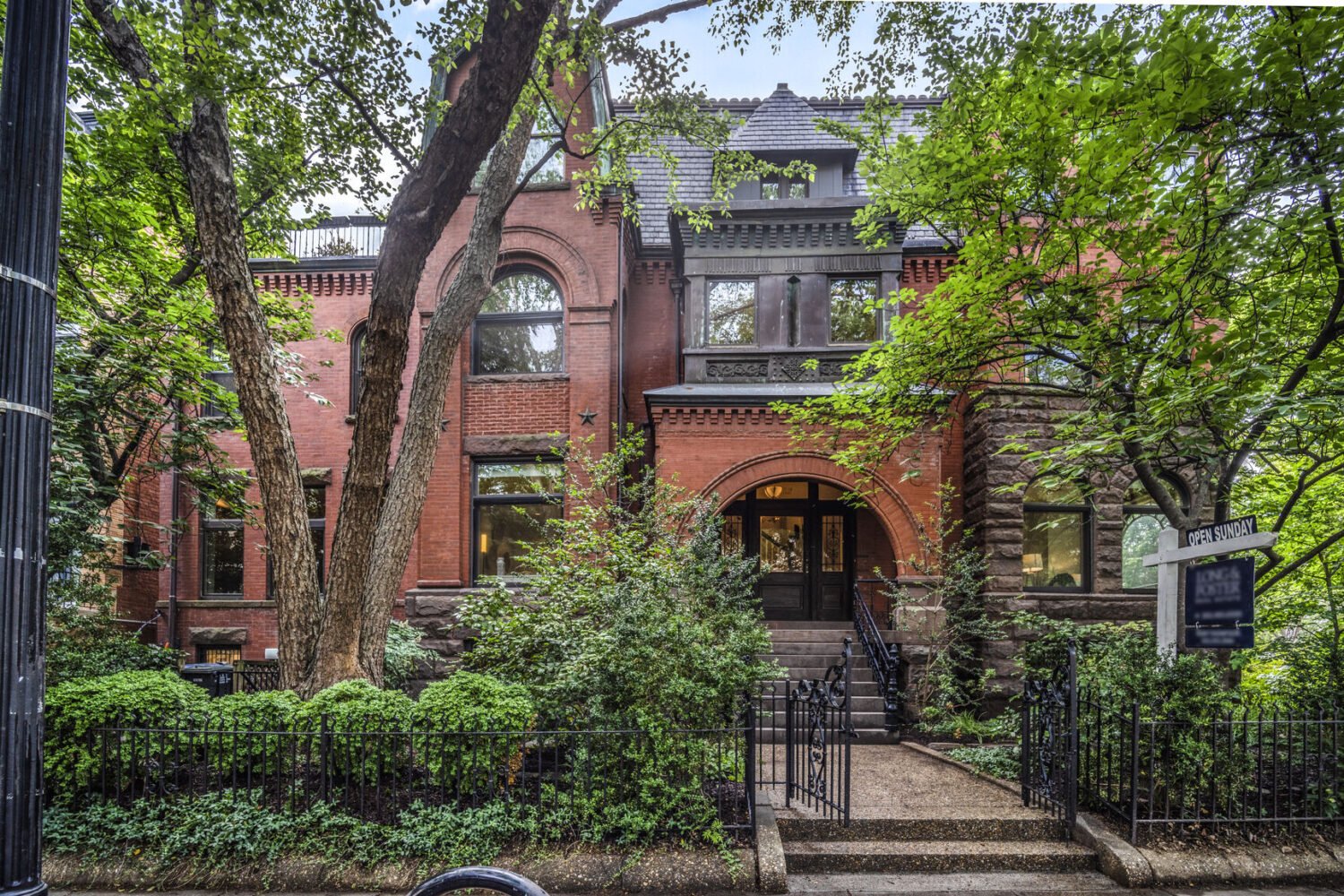The fact that 4825 Glenbrook Road, Northwest—a vacant lot on a leafy street in DC’s upscale Spring Valley neighborhood—was once a World War I chemical weapons dump hasn’t fazed buyers. The 0.32-acre lot, listed for $1,295,000, hit the market April 15 and lasted just five days before going under contract.
Though the site’s listing agent Nancy Taylor Bubes declined to share who or how many people placed offers, she did say the lot, which is surrounded by multimillion-dollar homes, has experienced “tremendous interest.”
“You would be shocked at the interest I’ve had. It’s a beautiful lot and a beautiful property in a beautiful neighborhood,” says Bubes, who adds that the site has “corrected its history.”
But correcting that history was no easy task.
Though it’s hard to tell by looking at the land now, the site once served as a dumping ground for deadly chemical weapons, such as mustard gas, during World War I. Known as the American University Experiment Station, the military had tasked chemists at nearby labs with developing and testing chemical weapons. From 1917 to 1920, those labs disposed of their waste at what is now 4825 Glenbrook Road.
It wasn’t until 1993 that a construction crew discovered the buried munitions while working on a nearby utility trench, and the property’s alarming past began to come into view. At the time, a 5,000-square-foot house stood on the land. More discoveries followed, including a toxic waste pit known as the “hole called Hades,” found below the Glenbrook property in 2013. On the back of a 1918 photograph, Sergeant Charles Maurer described the waste pit as “the most feared and respected place on the grounds. The bottles are full of mustard, to be destroyed here. In Death Valley. The hole called Hades.”
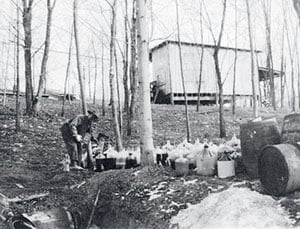
What ensued was a decades-long cleanup, conducted by the Army Corps of Engineers, which concluded this past November. The massive cleanup involved demolishing the house, once valued at more than $3.3 million, as well as building a temporary Army Corps structure to prevent chemical agents from escaping.
Clad in hazmat suits and oxygen tanks, crews then cleaned the site by hand, removing 556 munition items; 2,139 pounds of laboratory debris; 7,500 tons of contaminated soil; and six chemical warfare agents, including white phosphorus, arsenic trichloride, and magnesium arsenide, according to NPR.
Bubes, who is one of DC’s top-selling real-estate agents, says the site “is probably the cleanest ground in town right now.”
*An earlier version of this story incorrectly described the weapons as “bioweapons.” According to the U.S. Army Corps of Engineers, the site was a dumping ground for chemical weapons.

